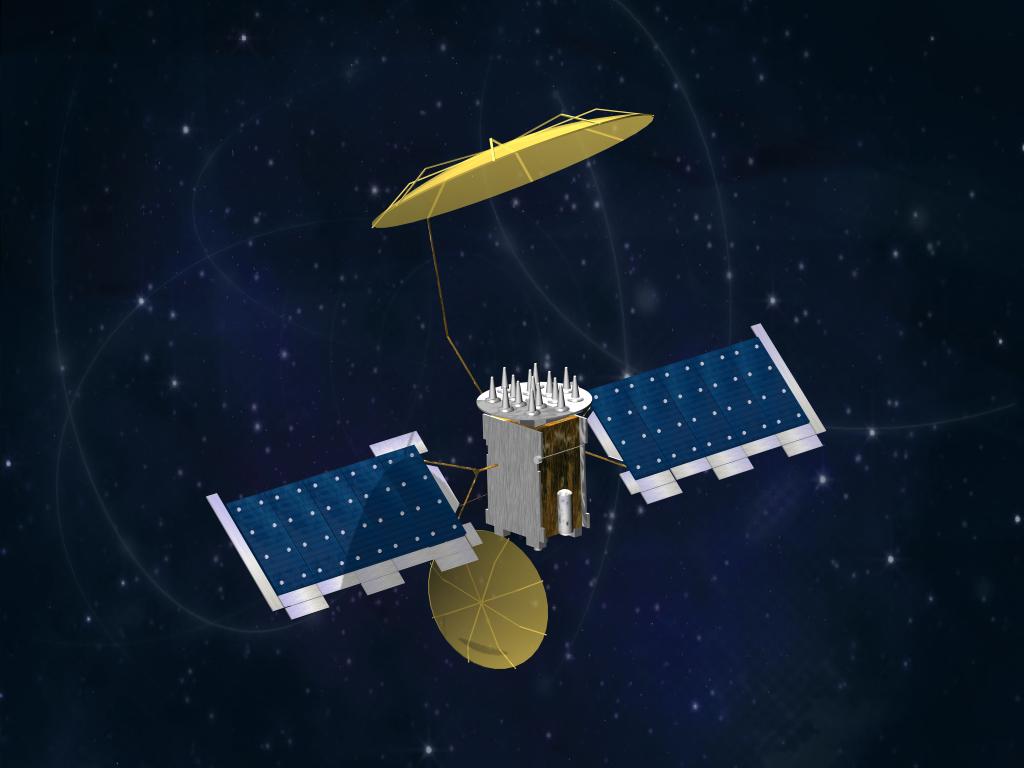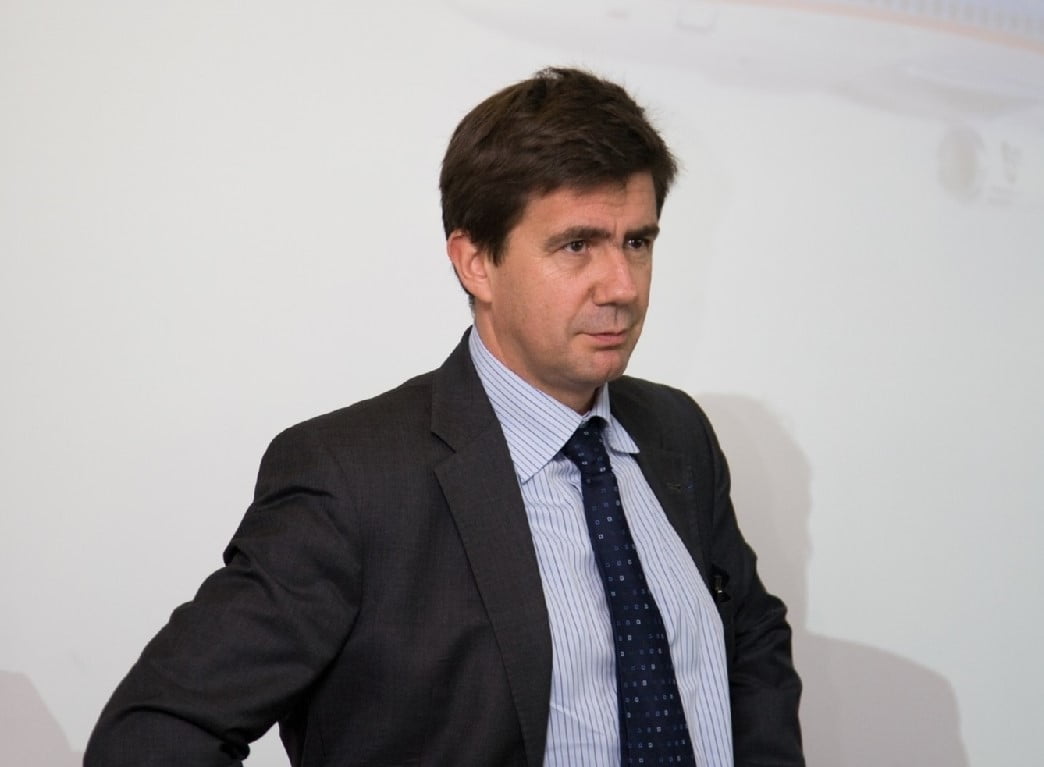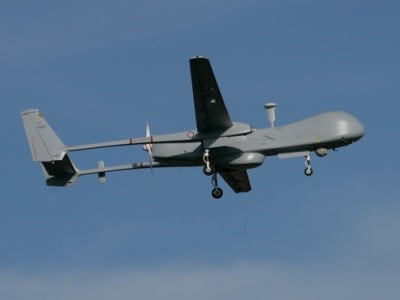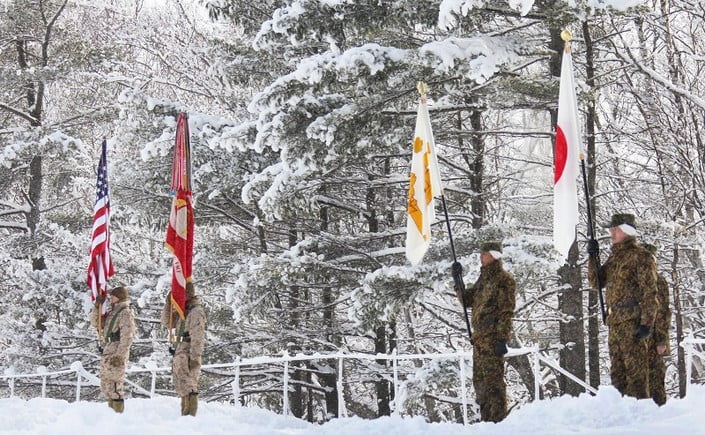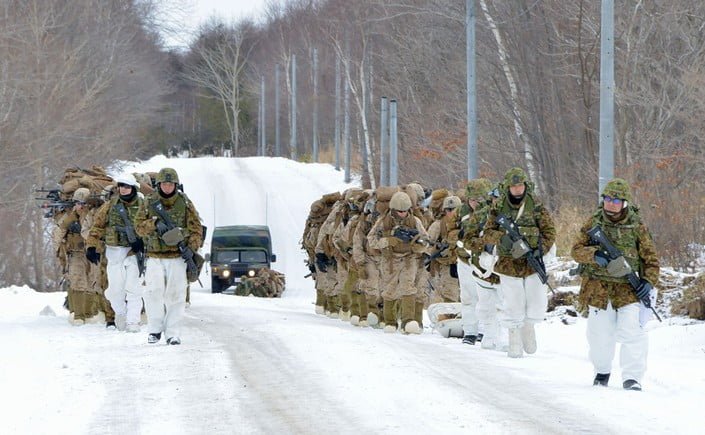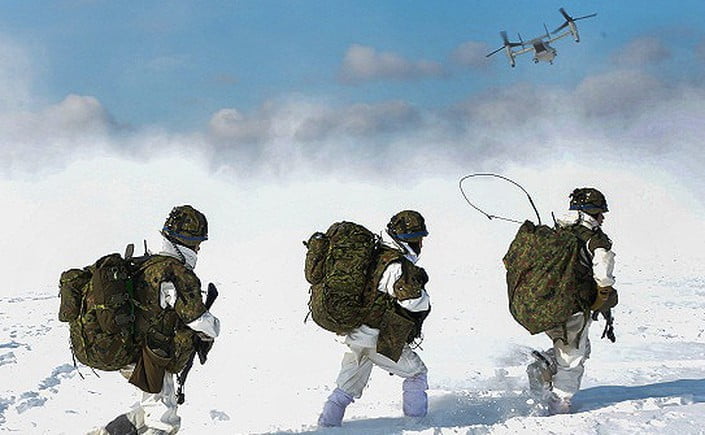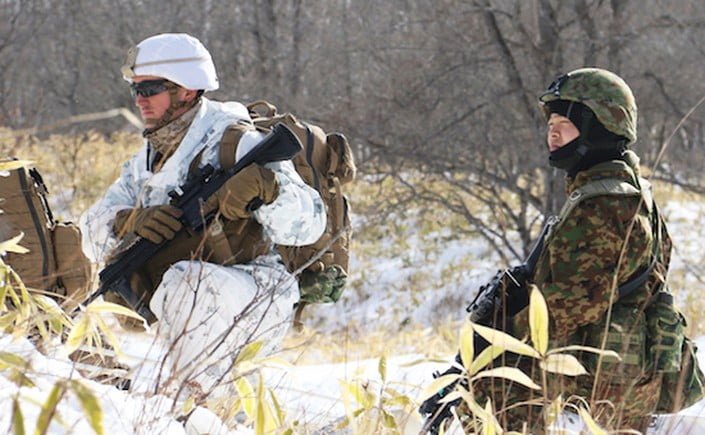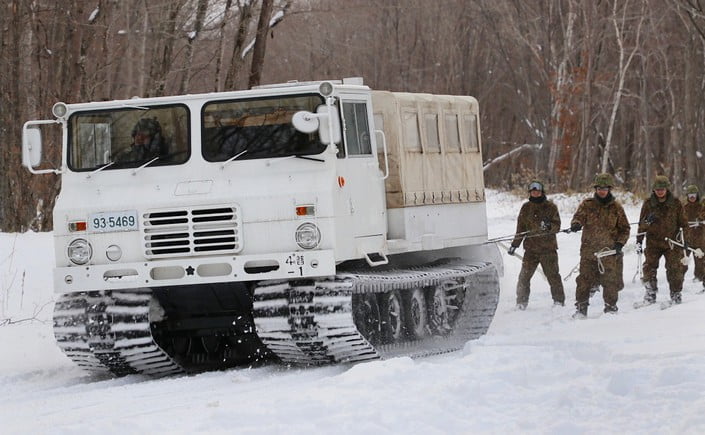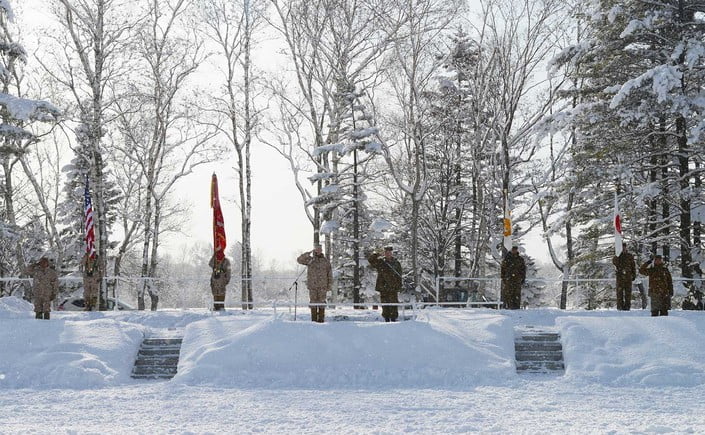By Murielle Delaporte
French Naval Group, one of the key European military shipbuilders, announced last month that its Hervé Guillou, CEO of Naval Group since 2014 is retiring.
This is a key event within the world of military shipbuilding and competition, as Naval Group is a key player in the world of naval exports, a world where the Chinese and Russians have grown significantly in the past decade.
Fighting for the Survival of European Military Naval Capabilities
“The game to win” is rather simple: no less than the very survival of European military naval capabilities is what it is all about in a market which has been undergoing a revolutionary shift in recent years.
Not so long ago, the market was dominated by European players.
Germany and France were indeed leaders on the global military ship export market holding respectively 40 % and 24 % of its total value according to a 2005 Rand Corporation report.
Today, in 2020, China and Russia are number one and number two in military shipbuilding with a production rate second to none : China builds one frigate per month and one submarine per quarter, while Russia currently enjoys a 17% growth rate in that field.
The reason for such a leap in capabilities and increasingly in export market share has to do with the consolidation of domestic industries, says Hervé Guillou, CEO of Naval Group since 2014 and currently on his way out.
“Whereas Chinese, Russian or Korean shipbuilders merged into sole entities — South Korea just created a new champion by merging last month Daewoo and Hyundai — whereas only two companies have been sharing the US market for a long time, Europe is since 2018 more divided than ever with no less than twelve players.
(…)The Swedes and the Germans have divorced; the Germans are spread in three different entities and we separated from the Spanish. (…)
When the Brazilian Navy recently proposed a bid for the acquisition of only four corvettes, twenty-two candidates showed up…, Guillou told the French Senate Commission on Economic Affairs on January 27th, 2020.
Warning that the naval shipbuilding in Europe could rapidly experience the same fate as the high-speed train industry, he recalled that the latter was built by four major European companies thirty years ago, which are today gone or way behind (in seventh position to) the Chinese, Korean and Japanese groups.
Indeed the comparison with the high speed train industry is a good one.
The European Commission must soon decide (by April 17th) whether or not the acquisition of the French state’s share of ”Chantiers de l’Atlantique “ – of which Naval group owns 12 % — by the Italian Fincantieri respects Brussels’ anti-trust and competition laws. The same laws which, about a year ago, actually and unfortunately prevailed against the creation of a European rail champion much more capable to compete against the Asians.
Such a consolidation and battle against fratricidal wars have been the rallying call of Hervé Guillou ever since he became Naval Group’s CEO.
Europe needs to export about 40 to 60% of its military shipbuilding production in order to be able to sustain production for its own navies.
Because the European military naval domestic market represents only about 30% of the Chinese and American ones and about 50% of the Russian one, without exports it would be the end of a certain kind of sovereignty in naval capabilities.
Such sovereignty allows the French Navy to be present on five seas and ranking second behind the U.S. Navy in terms of the spectrum of capabilities, know-how and power projection it can display globally at any time.
A cooperation and interoperability valued in current operations such as Operation Inherent resolve against Daesh, which the French aeronaval group (GAN or ”Groupe aéronaval “) has been supporting from the outset.
Indeed ,”Mission Foch “ has just started on January 21st with the Charles de Gaulle and the GAN leaving Toulon for the Eastern Med.
Maintaining the right skills at a high level in the military is intrinsically linked to the same challenges industries face today as the temptation to go “Chinese” is omnipresent (on the commercial side of shipbuilding.
For example, Fincantieri is teaming up with China to build ocean liners in China.
Hervé Guillou has been focused on how best to meet this challenge throughout his mandate as CEO.
In his Senate testimony he highlighted the challenge of managing Naval Group: ”It is a 400 year old company covering 400 different skills.“
But in spite of his success in managing CEO, he must leave because of the imposed age limit of 65.
But his success is measurable: a 25% growth rate over the past four years, a 7.5% profitability rate, a 3.7 billion euros turnover with major gains in operational performance characterized by a diminution of shipbuilding time for frigates from 75 to 42 months and for corvettes from 65 to 29 months, etc.
‘PEP’ Becomes the New CEO
The Cambridge dictionary defines a ”pep talk “as” a short speech intended to encourage people to work harder or try to win a game or competition.”
This is exactly what is at stake beyond the current discussion about the change of CEO at the head of the leading European military naval industry, i.e. Naval Group.
“PEP” a.k.a. Pierre Eric Pommelet, is coming from Thales where he is the number 2 in the company, and is the French government’s selected successor to Hervé Guillou, who should normally be confirmed with a Presidential decree expected sometime in March.
If you thought navigating European industrial logics is complicated, try sorting out what is going on in each one of the twenty seven EU member states!
In the case of the ties between Naval Group and Thales, what is interesting is that the 2007 sealed partnership between the two companies (Thales owing 35% of Naval Group’s shares since 2011) could be described as a typical love-hate relationship, in which Thales sometimes chose to team up with another competitor to respond to a common bid. Hence, there is a certain nervousness among some French trade unions who perceive the supplier more as an enemy than an ally.
And hence the reassurance campaign which occurred recently to help differentiate the man from the company for which he is number two, while stressing his qualities as a true “man of the sea.”
The new 55-year old CEO will have signifianct challenges to meet in the five years he will lead Navla Group (with the possibility of another five year mandate but no more as the French state has rejected the possibility of being CEO pst 65) into the ”Reconquest roadmap 2019-2028 “ set by his predecessor.
The Guillou legacy can be summed up along three main axes.
First, there is the challenge of fulfilling in a timely and cost effectdive manner the backlog orders by the French ministry of the armed forces.
This backlog includes: New smaller and better protected Frigates (FDI for”Fregates de défense et d’intervention “), 3rd generation nuclear submarines (SNLE 3G for ”Sous-marins nucléaires lancer d’engin de 3ème génération “), as well as the future successor of the aircraft carrier Charles de Gaulle (PA2 for ”Porte-avions 2 “).
Second, there is the challenge of managing and sustaining a diversified strategy of exports and ensuring a strong international presence.
Guillou estimates that the return on investment of exports is worth about 400 millions euros a year in terms of purchasing power for the French Navy (in other words, and as an example, a French frigate only costs 750 millions euros compared to 1 billion for a German one thanks to the exports).
Guillou succeeded to shape an impressive portfolio of new customers (India, Malaysia, Romania, etc), the key one being Australia with the ”Contract of the Century “ which is focused on co-developing twelve new submarines for the Royal Australian Navy in a brand new facility currently being built in Adelaide.
The co-development is focused on building a short-fin Barracuda, conventionally powered attack submarine, which is a derivative of the nuclear Barracuda attack submarine being built for the French navy.
This contract is considered by many observers as the key to success for Naval Group not only for exports, but for French and Australian sovereignties in this key area of naval warfare.
Third, the Australian relationship highlights the third challenge which is to drive continuing innovation, which has been a a trademark of the Guillou’s years.
Innovations in digital shipbuilding are a key path ahead, which the Franco-Australian working relationship will highlight as part of the innovation push in the years ahead.
And the innovation challenge is accelerating.
According to Naval Group, where you once needed two cycles of technology, you will need five to seven to be able to compete in the naval military business.
Tripling R &D in order to succeed and keeping going full speed on new technologies (renewable energies, 3D printing, C2 innovations ) are part of Guillou’s legacy being passed to Pommelet.
With exports abroad, and co-development with the Australians, there is also a need for enhanced European collaboration as well to ensure an effective way ahead.
The tripling of R &D cannot be done without a strong European base and coordination to avoid redundancies and to enhance a healthy burden sharing among nations.
This was indeed one of the main motivations behind the joint venture Naviris initiated between Naval Group and Fincantieri by Guillou and his Italian counterpart Giuseppe Bono and which administrative board just held its first meeting on January 13, 2020.
Making sure this joint venture, which was in fact strongly opposed by Thales and Leonardo by fear of strengthening one against the other, does not remain an empty shell and bring to life new projects such as the future European corvette should also be high on the agenda of Pommelet.
And this occurring within the Brexit European environment.
The new Fund for European Defense (FEDef) meant to help develop European autonomy in defense and space is being threatened to be cut by half (from 13 to 6 billion euros over a 2021-2027 period), in part because of Brexi.
But that is another complicated European story.
See our Special Report on Naval Group:



